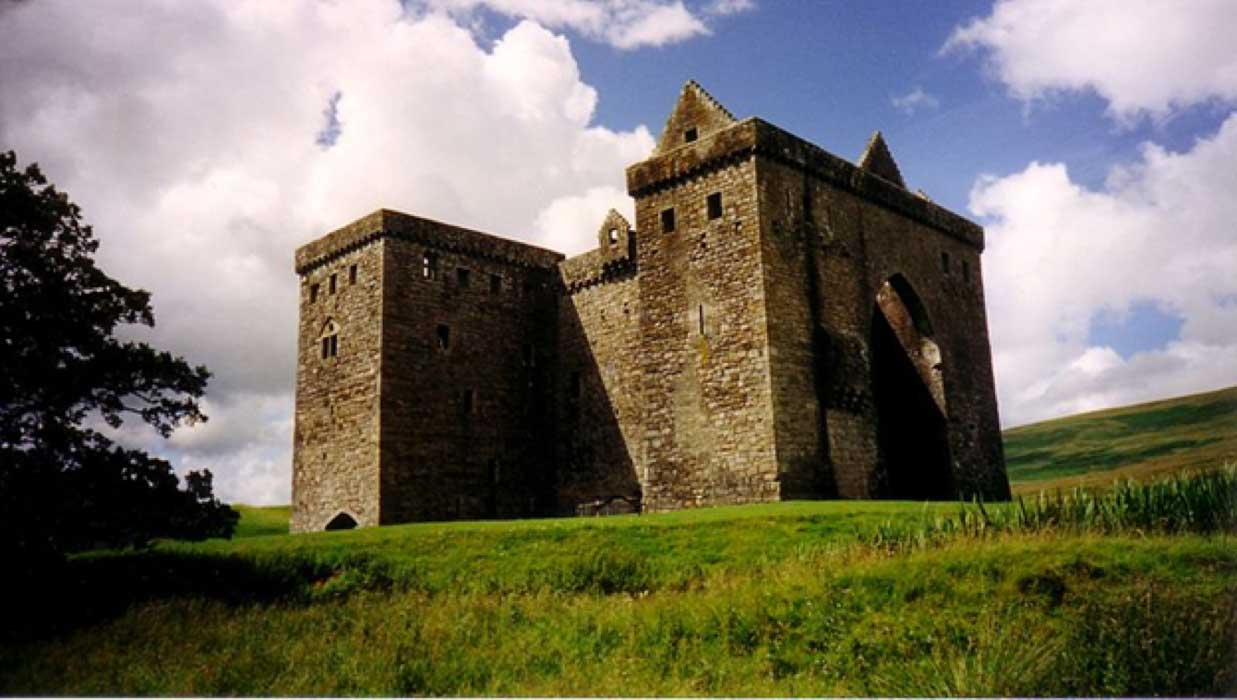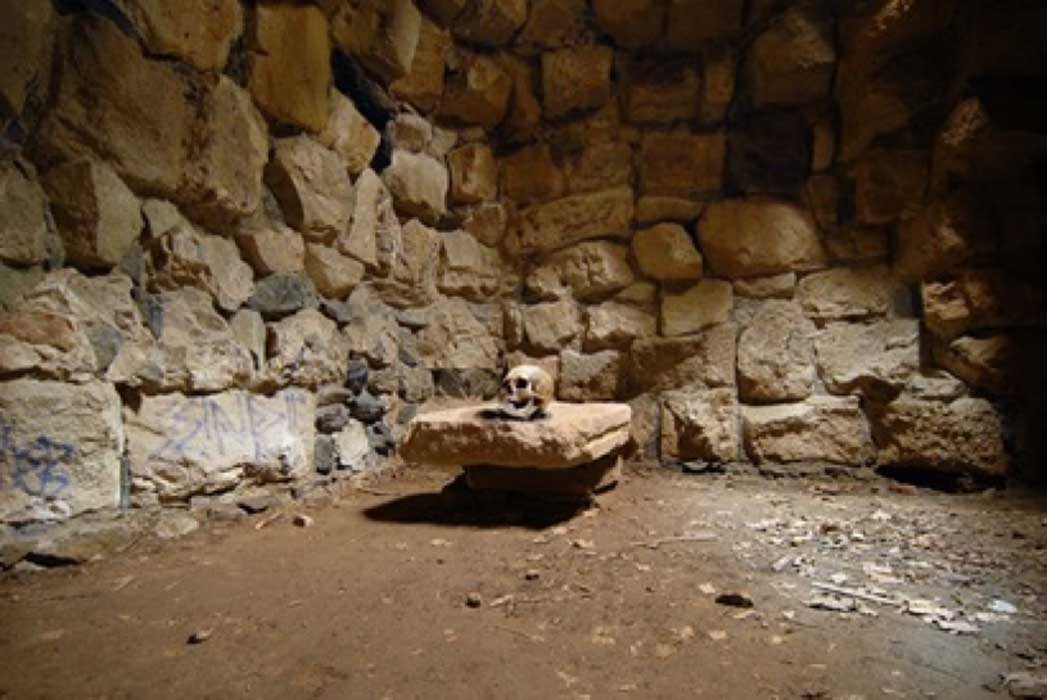
Halloween Haunting: The Hideous History of the Hermitage Castle
It is Halloween and what better than a story about a sinister Scottish castle, its ghosts, its legends, and its blood-soaked history? Not referring to Glamis Castle with its notorious secret chamber containing the walled-up remains of a hideous monster; coincidentally the ancestor of the current Queen of England; but rather Hermitage Castle in Liddersdale, located in the Borders region between England and Scotland and linked to the Queen of Scotland.

Notable figures in the first Scottish War of Independence: Frieze in the entrance hall of the Scottish National Portrait Gallery, Edinburgh (CC BY-SA 3.0)
William de Soulis - Betraying Robert the Bruce
The original castle was built by the Anglo-Norman De Soulis (or De Soules) family in the late 12th to early 13th century. Their hold on the Hermitage ended abruptly in 1321 when William de Soulis, who had already switched sides once from fighting for King Edward of England against the Scots, to backing King Robert the Bruce of Scotland against the English (his change of heart followed the Bruce’s victory at the Battle of Bannockburn in 1314), was accused of plotting a rebellion against the Bruce.
William may have eyed the throne for himself or else he had been planning to place the Bruce’s rival, Edward Bailliol, on the throne. However, his true motivation remains a mystery, as the attempted coup was uncovered at an early stage. William was arrested, charged with treason, and subsequently imprisoned in Dumbarton Castle where he died ‘in mysterious circumstances’ - which means he was murdered. William de Soulis’ treacherous antics pretty much set the standard for the behavior of all subsequent castellans of the Hermitage.

Plaster cast of skull of Robert the Bruce. Hunterian Museum and Art Gallery, Glasgow, Scotland. (Public License)
Sir William Douglas – Starvation in the Oubliette
After a brief annexation by the English in 1338, Hermitage Castle was retaken by Sir William Douglas, known to Scottish history books as the ‘Knight of Liddersdale’ and the ‘Flower of Chivalry’. The latter title refers only to Sir William Douglas’ military prowess, and definitely not his noble and courteous character – as the following incident reveals. During one of the many wars of independence the Scottish fought against the English during the 14th century, Douglas had developed a great jealousy of his erstwhile comrade Sir Alexander Ramsay of Dalhousie. In 1342, Sir Alexander recaptured Roxburgh Castle from the English. The titular constable of this castle was however Sir William Douglas, who had several times tried but failed to retake it.

An oubliette is a dungeon prison cell, accessible only from a trapdoor. (CC0)




